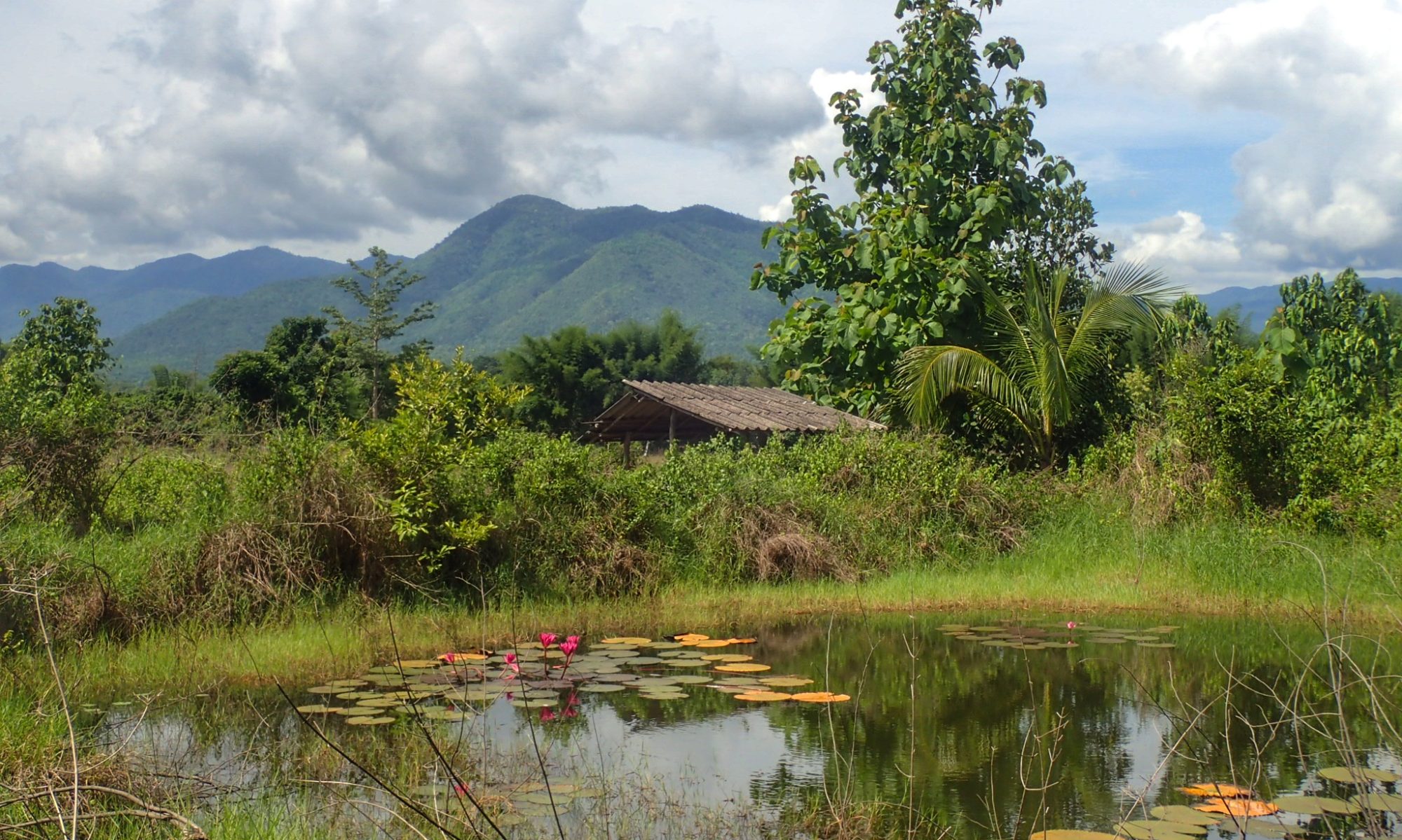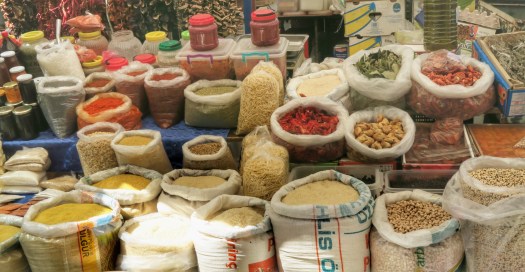We’ve been island hopping through the Greek islands for the past two weeks, and our days have been defined by swimming, hiking, lounging, and eating. It’s a good life and a good place to unwind!
So far we’ve visited five islands, from the relatively obscure Chios (our gateway into Greece from Turkey) to the insanely popular Santorini and Mykonos, plus the moderately popular Naxos and Paros. Next up we will do a cycling tour of Crete followed by a week in Athens, where we will focus on bike maintenance and boxing, medical checkups and vaccines for India, and last minute preparations for the next leg of our trip. Oh and we’ll probably see the Parthenon and some other things too!
So here are some of the photos we’ve taken so far.
Chios
An intriguing blend of Turkish and Greek culture, you can order çay alongside moussaka in restaurants where everyone speaks Greek, Turkish, and English. The town center has a mosque mixed in with Greek Orthodox churches.

Ferries
It feels like we live on ferries lately. From Turkey to Chios, then Chios to Athens (overnight in a sleeper cabin), then an all-day layover, followed by Athens to Paros, where we finally rested for a few days.

Here we are as the sun was coming up, landing in Athens.
Damn Technology

My Nexus 5x smartphone spontaneously died while waiting for our ferry to Paros in Athens. It started to randomly lock up and restart. In its last dying breaths, I scrambled to upload all of my important info to the cloud, and literally 5 seconds after I completed the upload, it froze for the final time and never came on again. This is the same problem that Steve had with his phone, and when I called Google, they confirmed it is a known problem affecting many people, and they will replace it under warranty. We had two hours before our ferry, so I found the nearest cell phone shop to pick up a replacement to use in the mean time until I’m able to get the replacement sent to me somehow. The biggest downside to Google Project Fi is that the SIM cards only work with a few US-distributed Android phone models, so I have to get a replacement from the US.
Paros
We instantly fell in love with this island, with its small city center filled with white-washed houses and crooked streets, and lots of kitty cats. We began a routine of sitting by the beach doing absolutely nothing.

Kitty lounging

Sunset
Santorini
Santorini was astonishing, but we stayed too long, and it’s too touristy for us. This is a place where cities are literally built on bubbles. Granted, they are bubbles made of volcanic rock thousands of years old, but if you think about this island on that time scale, it is humbling and beautiful. I’ve heard it said that there are only a few places in the world where humankind has succeeded in improving on nature’s beauty, and I would have to say that Santorini is one of those places. Seeing the awe-inspiring volcanic caldera fringed with white-washed houses glimmering like icing in the sunset is simply mind-blowing.



A chilly sunset dinner

We hiked from Thira to Oia and just barely made it before hiking in the pitch dark.

We took a fun sailboat day trip, and here are some of the photos I took.




The switchbacks from the ferry terminal up towards Thira were not too steep but the traffic was horrible.


It’s always great to meet up with friends from back home!

When in Greece… Outdoor sunset movie theater!

Few clean cars on this dusty island

Ha!

Churches everywhere

Sunrise. I went back to sleep after snapping this photo.

From our hike

More churches

Our bikes being lazy
Naxos
We took a fun around-the-island bike ride while here and enjoyed seeing the farmland and rural towns on the greenest Greek island.

Marble statue near Appolonas

Old and new technology

The terraced farmland and dozens of churches made for stunning contrast in the landscape

A very potent raki, similar to rakija from Croatia.

Terraced coastline

Lots of bees and honey

Church

Incredible sunsets from Naxos looking over Paros

More churches

Lunch on a beach that was almost deserted, being low season
Mykonos
The weather turned south when we arrived in Mykonos, and it is also a super touristy island, but we enjoyed our few days here.

Rented an ATV to explore the island

“Little Venice”

Windmills. The surf was so high, the waves were crashing over the wall on the edge of the town.

Blue and white everything

Cute bathroom gender sign

Tiny alley restaurant with incredible souvlaki
Food
You knew it was coming, so here is the food porn!

Greek salad, of course!

Many places had these meatballs with rice.

Gyros are our favorite quick meal.

Some kind of nouggat wafer they were selling on our ferry.

Souvlaki!
That’s all for now!













































































































